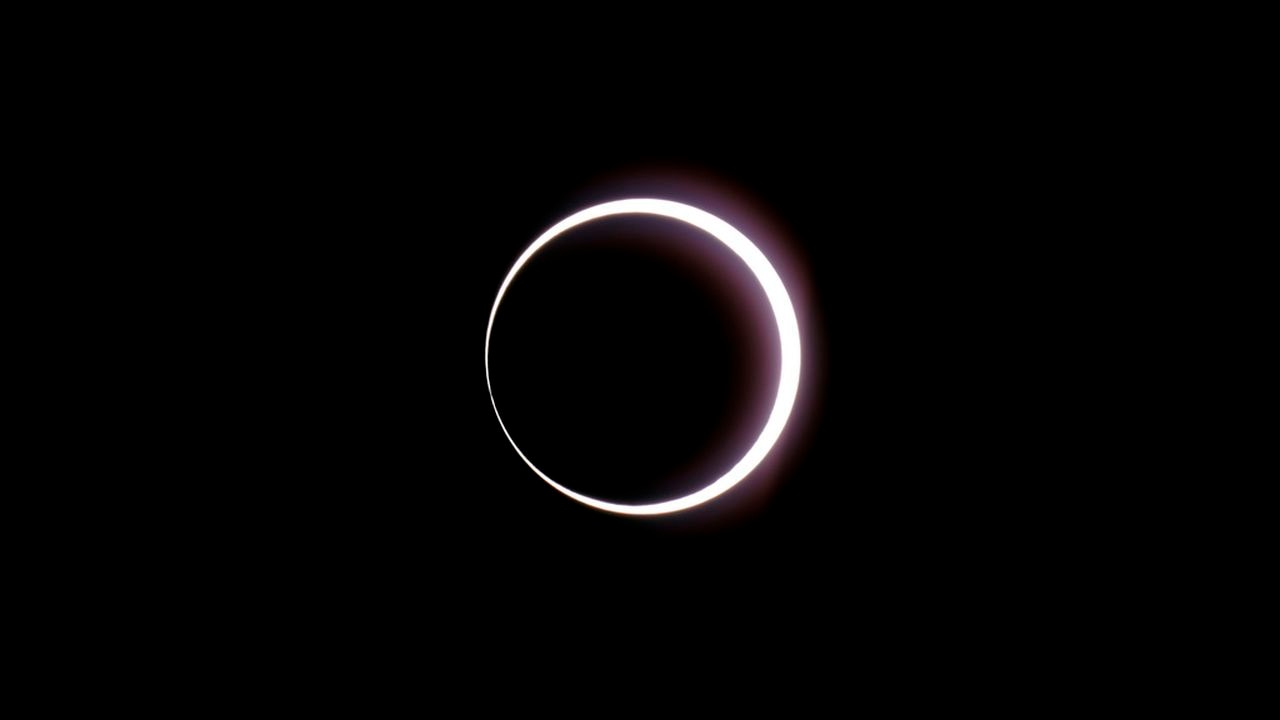You will feel annular solar eclipse, âring of fireâ
There are plenty of stories out there about watching – or not watching – the annular solar eclipse.
Did you know you could feel it, too? The “ring of fire” eclipse will alter weather conditions.
According to CNN, changes to temperature, wind speed and humidity occur as the moon crosses in front of the sun, which of course, happens during a solar eclipse. The result casts a shadow on the planet’s surface.
The more sunlight blocked, per the report, the more dramatic the weather changes.
RELATED: Check out stunning images of ‘ring of fire’
In essence, it is like a how a shady spot is cooler on a hot day than being in direct sunlight.
The annular eclipse will block up to 90 percent of the sun in a narrow path from Oregon to Texas. Annular eclipses allow slightly more solar radiation – sunlight and energy – to make it to the Earth’s surface than a total eclipse, which entirely blocks the sun.
Temperatures and other aspects of weather is impacted by the reduction in solar radiation.
Saturday’s path: Oregon, Nevada, Utah, New Mexico and Texas in the U.S., with a sliver of California, Arizona and Colorado. Next: Mexico’s Yucatan Peninsula, Belize, Honduras, Nicaragua, Costa Rica, Panama, Colombia and Brazil. Much of the rest of the Western Hemisphere gets a partial eclipse.
A solar eclipse occurs when the moon passes between the sun and the Earth while it as its farthest point from the Earth. The moon is farther away from than usual for this eclipse, appearing smaller than the sun and not completely covering it, creating the “ring of fire” effect.
Saturday’s annular solar eclipse is different from a total eclipse, the next of which is expected to occur in April and will be the last opportunity for people in the states to catch a glimpse of a ring of fire for a number of years.
The Associated Press contributed to this report.
